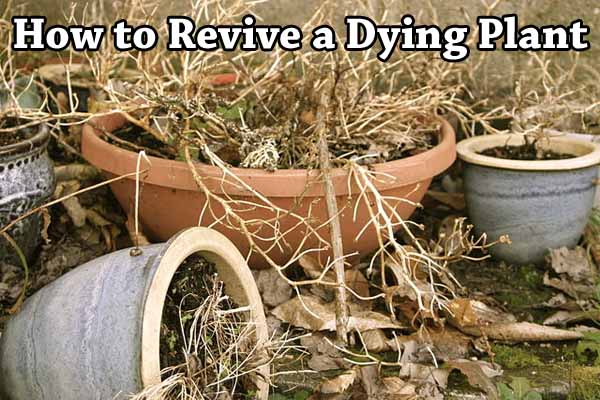Complete Guide On How To Build A Rain Garden

Are you looking for how to build a rain garden at your home? In this article, I am going to share with you a step-by-step instructional guide to build a rain garden on your own in your yard.
Rain Garden is a spot in your yard that collects runoff rainwater from your house’s roof, driveways, gutters.
Al, the rainwater gets directly into the rain garden, where the soil and deep-rooted native plants soak it.
You can decorate this spot according to your needs and sow your favorite plants but make sure they should be deep-rooted.
A rain garden is a slightly sloped garden. Most people think it is like a small pond or water collection area like a tank.
But it connects directly with the pipeline from where runoff water goes into the ground. Building your own rain garden is not a very big task; however, it requires keen attention while creating the spot.
Learn how to make a rain garden at home with this simple instructional guide.
6 Steps To Build Your Own Rain Garden

Step 1:Things To Consider Before Building Rain Garden.
- You have to build a berm on the low spot region in your yard. Then you have to make swales so that the runoff water directly reaches the rain garden.
- The deep root plants and soil absorb this water. You can plant various types of deep-rooted plants in your rain garden.
Step 2: Select The Right Location For Your Rain Garden
- It is important to find the right spot or location for building the rain garden. You need to check the slope of the garden using a level and straight board. Minimum required that the garden’s slope be about one inch for a 4 feet long rain garden.
- This will ensure that the water will flow easily from the garden. In case there is no good slope, then you must have major landscaping, creating slope and improving the drainage.
- Your rain garden should be located in the yard from where rainwater is directly reached from the driveways, low points, and downspouts to the rain garden.
- The location of your rain garden should be 10 feet away from the foundation of your house. Otherwise, rainwater will saturate the soil of the foundation or get against it.
- Also, while finding the location, don’t forget to consider those days when the storms or heavy rains play with your house drainage system. If the slope of the drainage is not appropriate, then all water collects in one place. These stories and heavy rain days will overflow the garden. In order to manage this, you are required to create a special overflow zone for your rain garden.
- Also, make sure that rain gardens should not be located near your neighbor’s property; otherwise, it may cause damage to their house.
- While building a Rain garden, make sure it should not be located over the utility lines or septic tank. If you don’t know about the utility line, then call at 811 to get the exact location of these underground lines.
Step 3: Dig Right Depth Of The Rain Garden
- The depth of the rain garden depends upon how quickly the garden of soil absorbs the water. Medium rainfall can be soaked by the soil in less than 24 hours.
- However, complete drainage is dependent on the type of soil you have in your garden. You can check it by digging a small pit in the yard and fill it with water to check how time soil is taking to absorb it. Accordingly, roughly calculate the time of water your garden will soak it, keep in mind those big heavy rainy days.
- After calculating the time, you need to dig the garden in the dept that it collects most of the rainwater. In case if your garden has sandy soil, then it can soak the water in 24 hours, and you need a little depth in your garden.
- The depth of the rain garden also depends on the porosity of the garden. Higher porosity soil gardens cannot be needed to dig deeper. An ideal for a rain garden can be 12 inches. However, it is important to dig the garden according to the type of soil.
Step 4: Deciding Right Size Of The Rain Garden
- The size of the rain garden matters a lot. You have to determine the size of the garden by estimating the easy flow of rainwater that will come down from the roof and downspout to the garden.
- To measure the size, you have to roughly calculate how much time your area will take to soak up the water.
- You have to determine the size of the garden according to the depth and porosity of the soil. You have to consider big rain days, depth, type of soil, and how big your yard is. All these points matter to absorb all the rainwater.
- However, small size can also provide good benefits and can handle about 75% of the stormy rainwater within the day.
- If you have a large yard, you can also make a large size garden and decorate it with boulder stones.
Step 5: Choosing Right Kind Of Plants
- The selection of the types of plants matters a lot for the rain garden. Soil may differ from place to place, so it is better to select those plants that are native to your country. However, there are some kinds of plants that can be grown in your region with a little more care.
- You have to select deep-rooted plants so that when there is no rain, they can still survive by taking water deep from the ground.
- Sedum, Sage, Liatris, Iris, Asters, Coneflower, Sedge, Daylilies, Foxglove, Lavender, and Artemisia are the standard species of deep-rooted plants that you can sow in your rain garden.
- These plants easily soak up the water within 24 hours. These water-absorbing plants become easily dry and stay high even after absorbing lots of water.
- You can also plant native grasses species, native wildflowers, and other native plants in your rain garden.
- One of the most important things is that you have to take care that these plants should be deep-rooted.
Step 6: Taking Extra Care Of The Garden For First Year
- You have to care for your rain garden like a baby in your first year. You have to care for the garden by placing mulch of the wine bark, wood chips, or any shredded hardwood.
- You have to weed out regularly and water the plants for the first year until their roots will grow deeper and become strong.
- Young plants also cannot hold much water, so you have to sow these plants before the rainy season so that they grow fully.
Also Learn: Stylish Outdoor Lighting Ideas For Your Backyard
Final Words
Building a Rain garden is the best way to decorate to collect the water as well as decorate your yard.
You can create a rain garden at your home by following these steps.
However, you have to pay greater attention during digging, locating, and making the garden’s appropriate size.
The selection of plants also plays a major role, and it is recommended to sow deep-rooted plants.
Make sure to water plants initially, especially during the dry spells so that your rain garden can survive during the hard days.
You can decorate your garden using decorative stones and boulders that give a nice look to your garden and improve the garden’s water collection ability.






